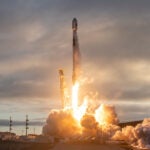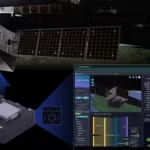
In its quest to enable dynamic space operations, U.S. Space Command has asked for a demonstration by 2026 of a maneuvering satellite in space leading to this being a sustained capability by 2028, the command’s deputy chief said on Thursday. A request for information was issued ahead of the 2022 holiday season to the military services and force providing organizations seeking the space maneuverability demonstration and a sustained maneuver capability for any platforms that will operate dynamically in space, Lt.…

 By
By 











